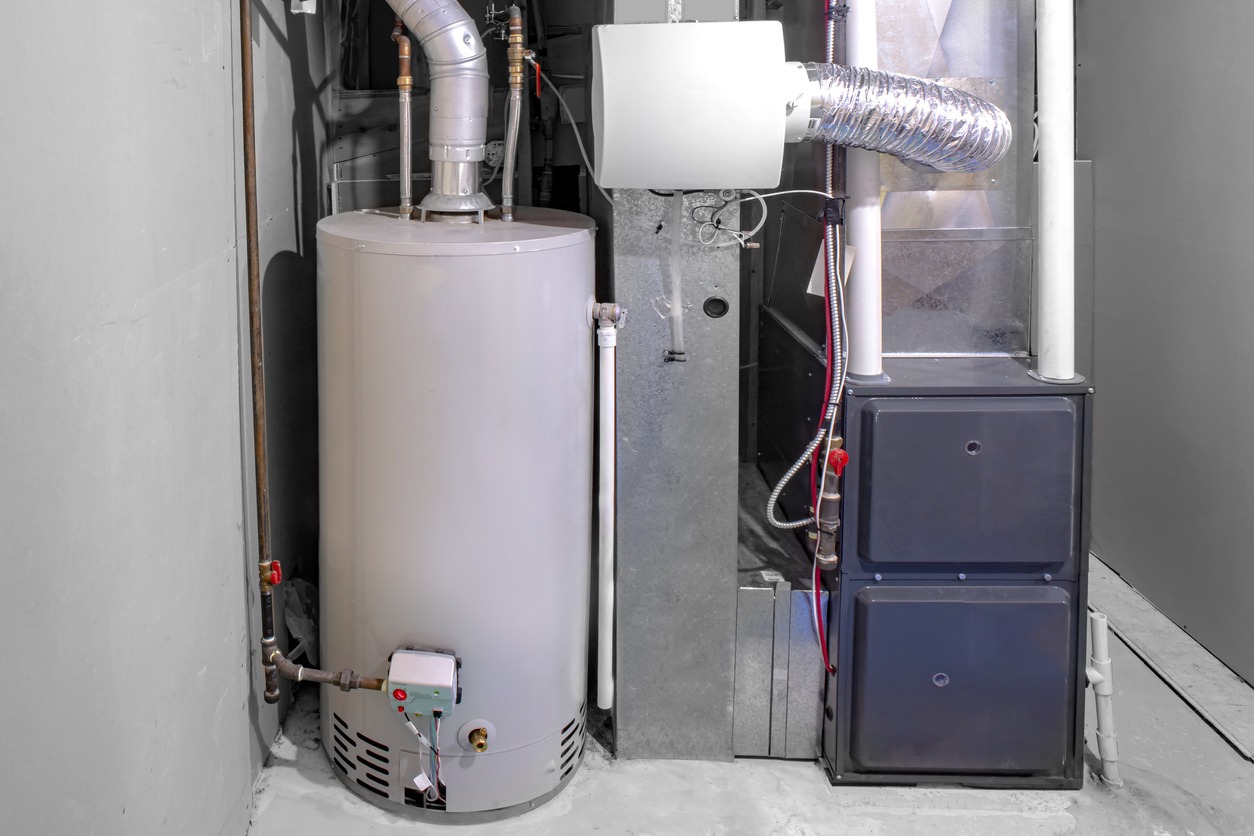When it comes to the world of HVAC, there are many interesting questions to pontificate upon. For instance, who discovered that hot air could be circulated throughout a building’s interior to warm the entire space? Or, what is the material that ductwork is made from, and why does it have such a peculiar appearance?
Today, we won’t be looking at these questions, but we will be discussing one that is equally compelling, which is, of course, (as you’ve probably already gleaned from the title of this article) “what is the difference between boilers and furnaces?” With the help of an HVAC company (which you can find more information about at westerncanadianfurnace.ca), there is nothing to do now but dive into this exciting and engaging topic!
What is the Difference Between Boilers & Furnaces
When talking about the difference between boilers and furnaces, there is really only one key point that one needs to consider, which is what it heats and for what purpose. Indeed, a furnace is responsible for heating and cooling the air or a volume of gas directly, whereas a boiler is responsible for heating and cooling a volume of water or another liquid. From this key difference, all other traits become observable and knowable much easier.
For an example of how HVAC companies find the value in this distinction, let’s take a look at how they circulate the accumulated energy they gather from the heating process.
The Differences in Circulation Between Boilers & Furnaces
We will begin the discussion about the differences between boiler and furnace circulation systems with the boiler. Boilers generate heat in one large volume of water and dispense it through small-bore pipes. These pipes must be of a certain internal and external diameter to facilitate two different but very related reasons. This is the overall pressure of the system.
You see, in order to move the warmed water away from the boiler and to its destination, pressure is used to keep the liquid accessible throughout the system. When a spigot or other opening is activated, the change in pressure causes the hot water to spew forth. Therefore, the pipes must be small enough that pressure can be maintained depending on the volume of the water but thick enough that the added pressure won’t cause the pipes to fail prematurely.
By contrast, we will now look at the system more familiar to HVAC companies, which is the furnace circulation system. As we’ve already mentioned, furnace systems rely on heating a volume of air and circulating it through the system. Unlike water systems, this process does not rely on maintaining a consistent pressure since the Earth’s atmosphere, and gravity does that for us already.
When you combine this with the scientific principle of homeostasis, or a reverting of energy to equilibrium, it becomes apparent that the only thing needed in this system is an air circulation system. These systems are usually one or more fans spinning to create a current that helps speed the dispersal of warm air throughout the system.
Which System Is Right For Your Building?
Depending on the needs of your building, the right heating and cooling system may involve either boilers or furnaces. Industrial processing facilities, for instance, may need a boiler system for consistent and safe energy storage and consumption. However, the added value and resource cost may make the same system cost-prohibitive for residential or retail applications. It is best to consult with your HVAC company to decide the right system for your needs.

